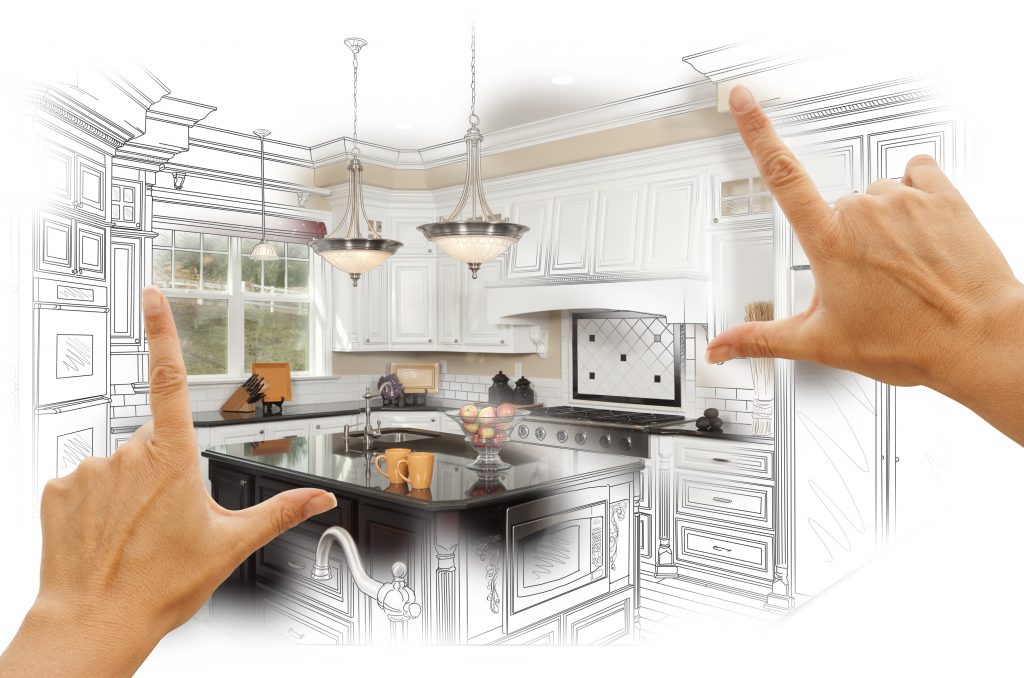When it comes to landscaping, one essential element that often goes unnoticed but plays a crucial role in maintaining the integrity of your outdoor space is the retaining wall. Kelowna retaining walls serve a dual purpose, providing both functional and aesthetic benefits. In this comprehensive guide, we’ll explore the importance of retaining walls, their various types, installation process, and the advantages they bring to your property.
Understanding Retaining Walls
What Are Retaining Walls?
Retaining walls are sturdy structures built to hold back soil and prevent erosion in landscapes with uneven terrain. They are commonly used in hilly regions or areas where the soil needs to be retained to create level spaces for various purposes.
The Importance of Kelowna Retaining Walls
Retaining walls play a vital role in preventing soil erosion, especially in regions like Kelowna, where the landscape is naturally inclined. They offer stability to the terrain, prevent landslides, and safeguard your property from potential damages.
Types of Retaining Walls
There are several types of retaining walls, each designed to suit specific purposes and landscapes. Some of the most common types include:
1. Gravity Retaining Walls
Gravity retaining walls rely on their weight and mass to hold back soil. These walls are usually made from heavy materials such as stone, concrete, or brick, providing excellent stability and durability.
2. Segmental Retaining Walls (SRWs)
Segmental retaining walls are popular due to their ease of installation and versatility. These walls consist of interlocking blocks that create a solid structure capable of holding back soil effectively.
3. Cantilevered Retaining Walls
Cantilevered retaining walls are engineered structures that use a reinforced concrete slab for stability. They are ideal for taller walls that require extra support and are commonly used in commercial projects.
4. Anchored Retaining Walls
Anchored retaining walls utilize cables or rods to provide additional lateral support to the wall. These walls are suitable for areas with heavy loads or where extra reinforcement is necessary.
Installing Retaining Walls
Planning and Design
Before starting the construction, a well-thought-out plan is essential. Assess the landscape, soil conditions, and the purpose of the wall. Engage a professional landscape designer or engineer to ensure the retaining wall’s proper design and execution.
Construction Process
The construction process involves several steps, including excavation, leveling, compacting the soil, and laying the foundation. Afterward, the selected retaining wall blocks or materials are carefully installed, ensuring proper alignment and stability.
Drainage Considerations
Proper drainage is crucial for the longevity and effectiveness of a retaining wall. Without adequate drainage, water pressure can build up behind the wall, causing damage and compromising its structural integrity.
Advantages of Kelowna Retaining Walls
1. Erosion Prevention
Retaining walls effectively combat soil erosion, keeping your landscape intact and preventing valuable topsoil from washing away.
2. Increased Usable Space
By leveling the terrain, retaining walls create usable spaces for gardens, patios, and other outdoor amenities, maximizing the functionality of your property.
3. Improved Aesthetics
Retaining walls can enhance the overall aesthetics of your landscape by creating visually appealing terraced gardens and defining distinct areas.
4. Structural Support
In areas prone to landslides, retaining walls provide crucial structural support, protecting your property and its surroundings.
5. Property Value
A well-designed and professionally installed retaining wall can significantly boost the value of your property, making it a wise investment.
In summary, Kelowna retaining walls serve both practical and aesthetic purposes, significantly contributing to the stability and beauty of your landscape. From erosion prevention to creating usable spaces, retaining walls offer a range of benefits that make them an essential feature in many outdoor spaces.
FAQs
1. How much does it cost to install a retaining wall in Kelowna?
The cost of installing a retaining wall in Kelowna depends on various factors, including the type of wall, the materials used, the wall’s height, and the complexity of the installation. It is best to get quotes from reputable contractors to determine the exact cost.
2. Are retaining walls only used for functional purposes?
No, while retaining walls are primarily used for functional purposes like soil retention and erosion prevention, they also add aesthetic value to your landscape. With the right design and materials, retaining walls can enhance the overall beauty of your outdoor space.
3. Can I install a retaining wall myself?
For small, simple retaining walls, DIY installation may be possible. However, for larger or more complex walls, it is recommended to hire a professional contractor or engineer to ensure proper design and structural integrity.
4. What materials are best for Kelowna retaining walls?
The choice of materials depends on various factors such as the desired aesthetics, budget, and the wall’s purpose. Common materials include concrete, natural stone, wood, and segmental blocks.
5. Do retaining walls require maintenance?
While retaining walls are generally low-maintenance, it is essential to inspect them regularly for any signs of damage or erosion. Prompt repairs and proper drainage maintenance can prolong the life of the retaining wall.

